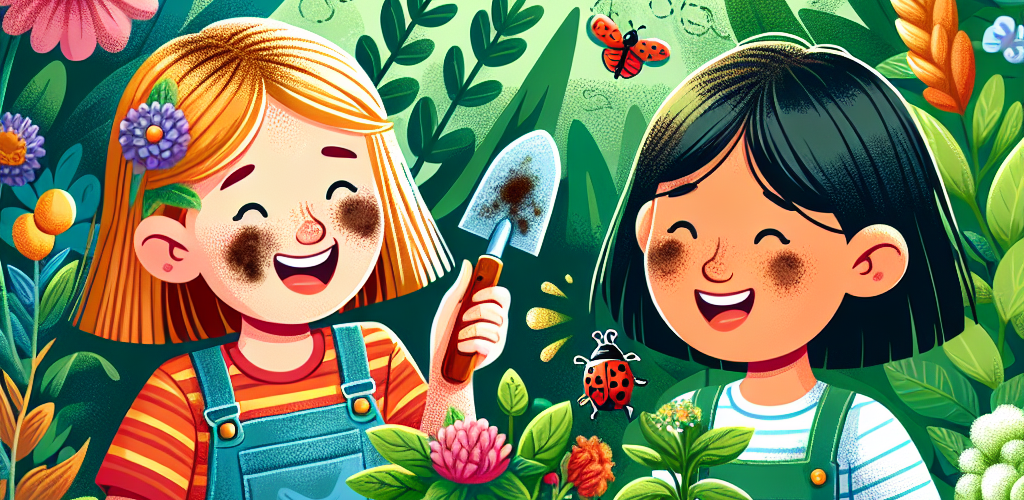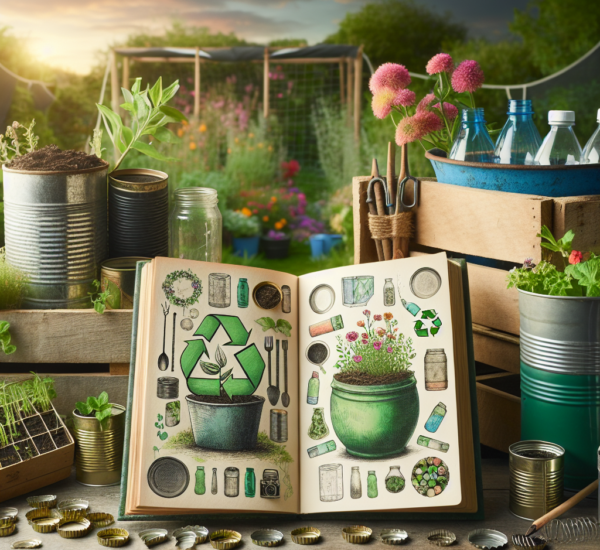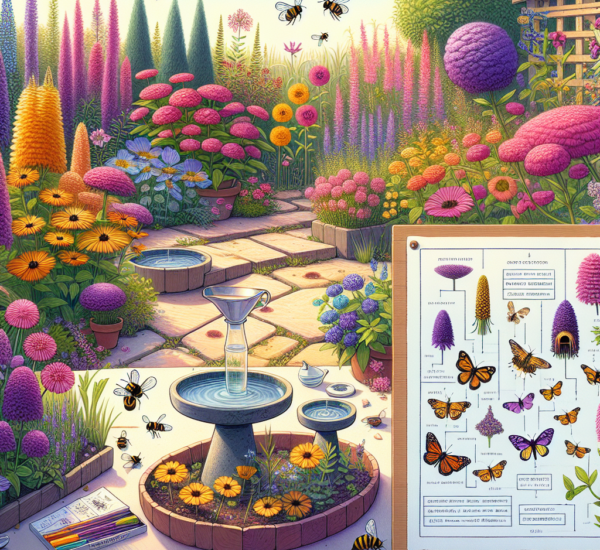Gardening offers a unique fusion of fun and education, especially for kids. Not only can they learn about nature and science, but they can also develop life skills and creativity by getting their hands dirty. If you’ve been searching for interactive and educational activities that harness the power of nature, you’re in the right place!
Table of Contents
Benefits of Gardening with Kids
Gardening presents a myriad of benefits for children, ranging from physical to cognitive development. Here’s why you should consider introducing your kids to gardening:
- Hands-On Learning: Gardening serves as a practical learning platform where children can grasp scientific concepts.
- Creativity Boost: Designing and organizing their garden boosts creativity.
- Responsibility: Taking care of plants teaches kids responsibility and patience.
- Healthy Habits: Growing their own fruits and vegetables encourages healthy eating habits.
Fun and Educational Gardening Projects
Container Gardening
Container gardening is an excellent starting point for kids. It’s flexible and perfect for various plants, making it ideal for those short on space. Here’s a list of easy vegetables to grow in pots.
Steps to Create a Container Garden:
- Choose a container with adequate drainage.
- Select easy-to-grow plants like cherry tomatoes, lettuce, or radishes.
- Let the kids fill the pot with soil and plant the seeds.
- Regularly water and monitor growth.
- Discuss plant growth stages and care tips with your children.
Creating a Butterfly Garden
A butterfly garden introduces kids to the beauty of nature while helping them understand ecosystems and pollination. Visit the NWF for tips on creating a butterfly-friendly environment.
Steps to Build a Butterfly Garden:
- Select a sunny spot in your yard.
- Plant flowers like milkweed, zinnias, and sunflowers that attract butterflies.
- Include a shallow water source for butterflies to drink.
- Observe and document the types of butterflies that visit.
Building an Herb Garden
Herb gardens are perfect for introducing kids to culinary arts and the wonders of plant varieties. Check out reliable herbs suitable for pots.
Steps to Grow an Herb Garden:
- Select small pots or a designated garden patch.
- Choose herbs like basil, mint, or parsley.
- Involve kids in planting and labeling each herb.
- Encourage them to use the herbs in cooking projects.
Start Your Gardening Adventure Today!
Are you ready to dig in? Whether you’re a gardening novice or a seasoned pro, gather your little ones and start exploring these fun projects. Share your progress with friends and cultivate a community celebrating the joys of gardening. Don’t forget to subscribe to our newsletter for more green-thumb tips!
Conclusion
Gardening with kids is a rewarding endeavor that fosters environmental consciousness, nurtures curiosity, and cultivates essential skills. Starting small with these delightful projects can lead to a lasting love of nature and mindfulness. Remember to be patient and enjoy the growth process together.
FAQ
Q: What age is appropriate for gardening with kids?
A: Children as young as 3-4 years can start engaging in simple gardening tasks under supervision.
Q: How can I ensure the safety of my kids while gardening?
A: Ensure they use child-friendly tools, wear gloves, and avoid toxic plants or pesticides.
Q: Can we garden indoors?
A: Absolutely! Consider small indoor projects like windowsill herbs or microgreens.




